-
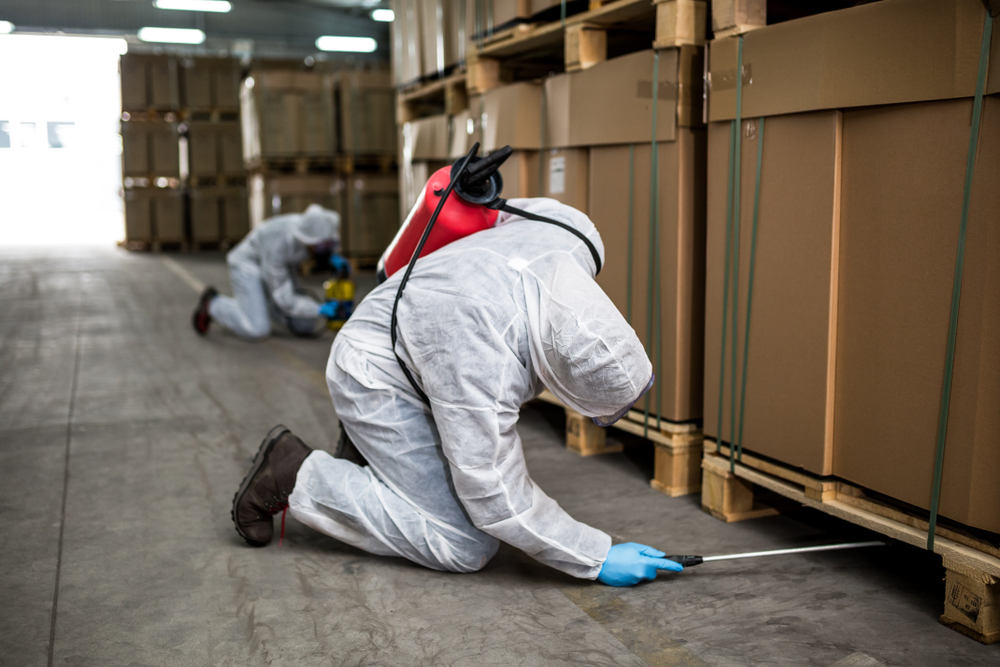
What Are the Food Safety Modernization Act’s Pest Control Guidelines?
The Food Safety Modernization Act’s (FSMA) pest control guidelines prescribe a preventive approach to avoid infestation or contamination of food products by insects, rodents, and other pests. The guidelines are particularly aimed at producers and manufacturers involved in the production, handling, storage, and transportation of food products, and aim to help these organizations outline an…
-
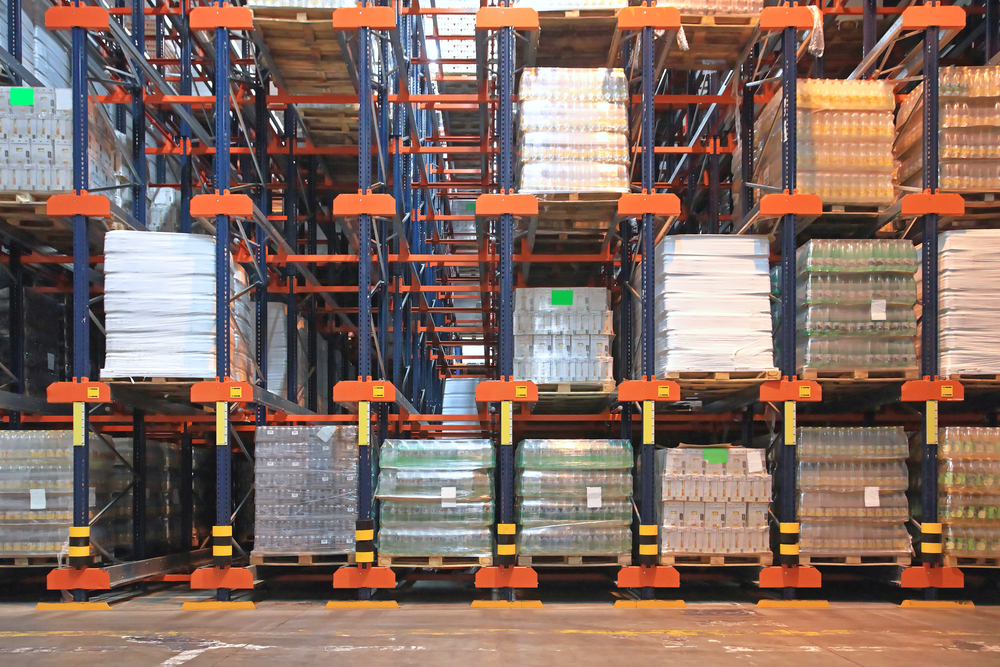
What Automated Pallet Management Can Do for Your Warehouse
Warehouses and distribution centers are hives of activity, with trucks arriving and departing every hour. Loaded forklifts wend their way through aisles at speed, moving products into inventory and picking pallets to ship out. However, it is becoming increasingly obvious that the growing demands of the modern supply chain exceed the capacity that traditionally operated…
-
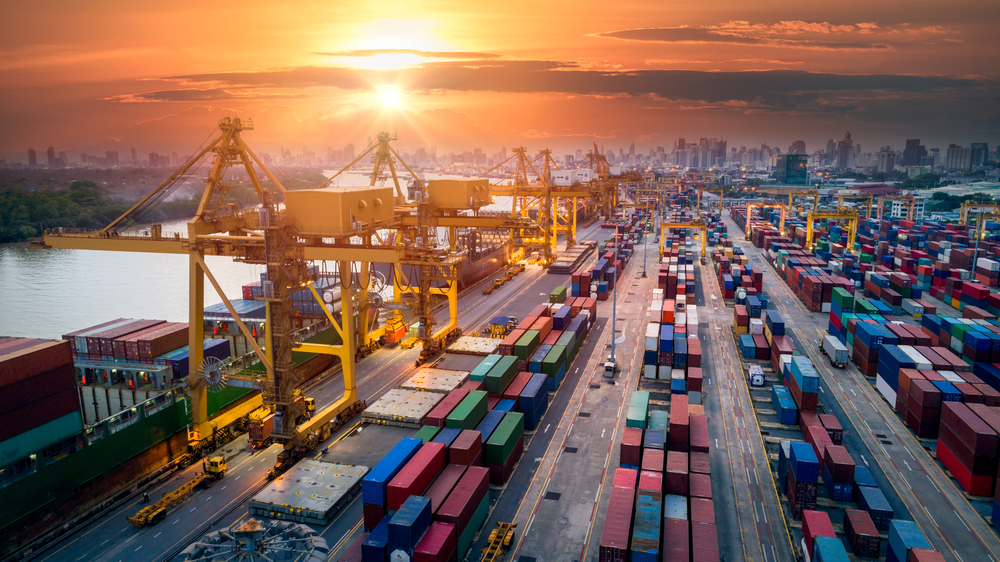
3 Ways to Improve Supply Chain Efficiency
Supply chain efficiency plays a crucial role in determining a company’s total cost of business (TCOB) as well as customer satisfaction. For industries handling perishable products such as the grocery and pharmaceutical industries, order-to-delivery turnaround times are especially important to ensure that the products are safe for consumption by the end customer. An efficient supply…
-
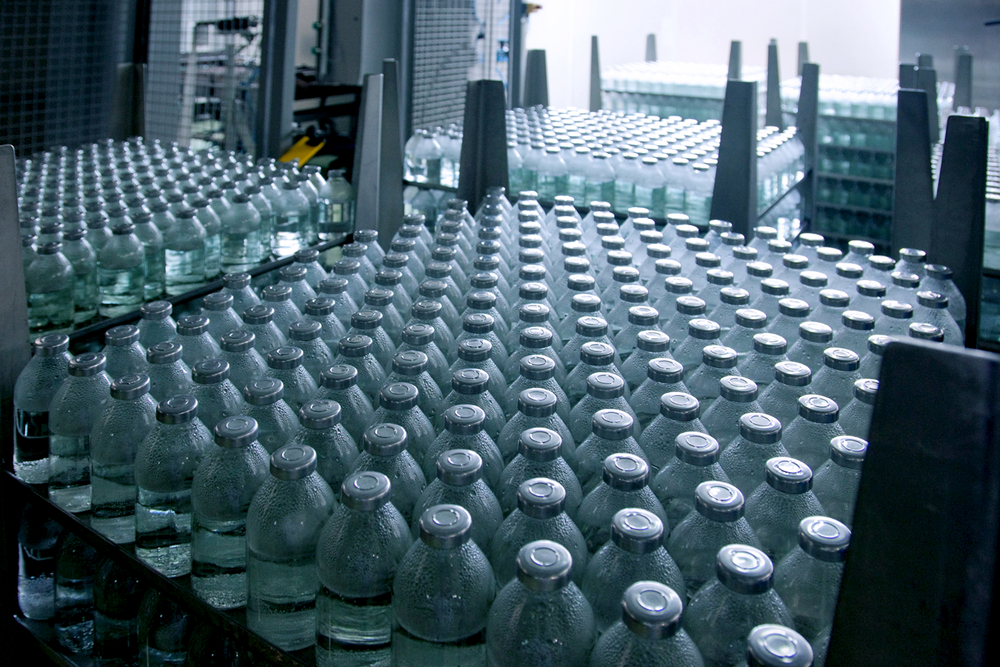
Optimize the Biopharmaceutical Cold Chain by Taking Advantage of Trends in a Complex Market
The biopharmaceutical cold chain is a major component of the healthcare industry supply chain, and it’s only becoming more important. The rise in new therapies and drugs involving living cells has led pharmaceutical companies to rely heavily on cold chains to maintain the efficacy of such biologic drugs and provide quality assurance. Maintaining a constant…
-
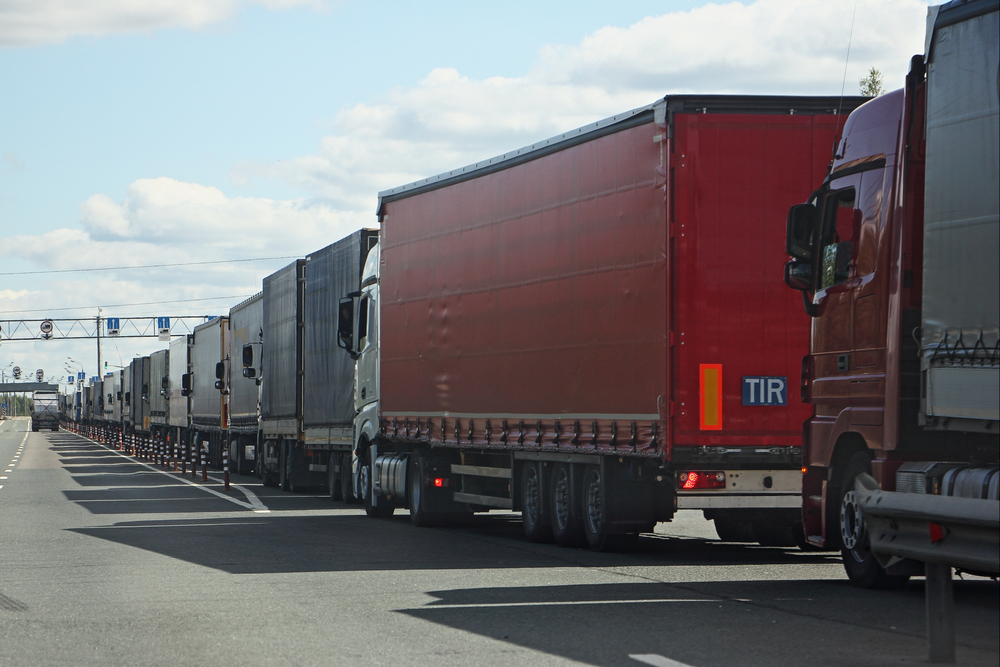
Reducing Empty Miles: How the Right Pallet Can Make Shipping More Efficient
Empty miles, a term that describes cargo vehicles traveling without a load of products that can be sold for a profit, have bedeviled merchants since the earliest days of trade. In the Age of Discovery, merchants would occasionally arrange stopovers at different continents to pick up cargos that could be sold for a profit. In…
-

3 Ways to Reduce Food Loss in the Supply Chain
The Food and Agriculture Organization of the United Nations (FAO) estimates that around 14 percent of food is lost worldwide in production or the supply chain before even reaching retailers. Recently, more attention is being paid to this issue. In 2018, the U.S. Department of Agriculture (USDA) and the Environmental Protection Agency (EPA) together announced…
-
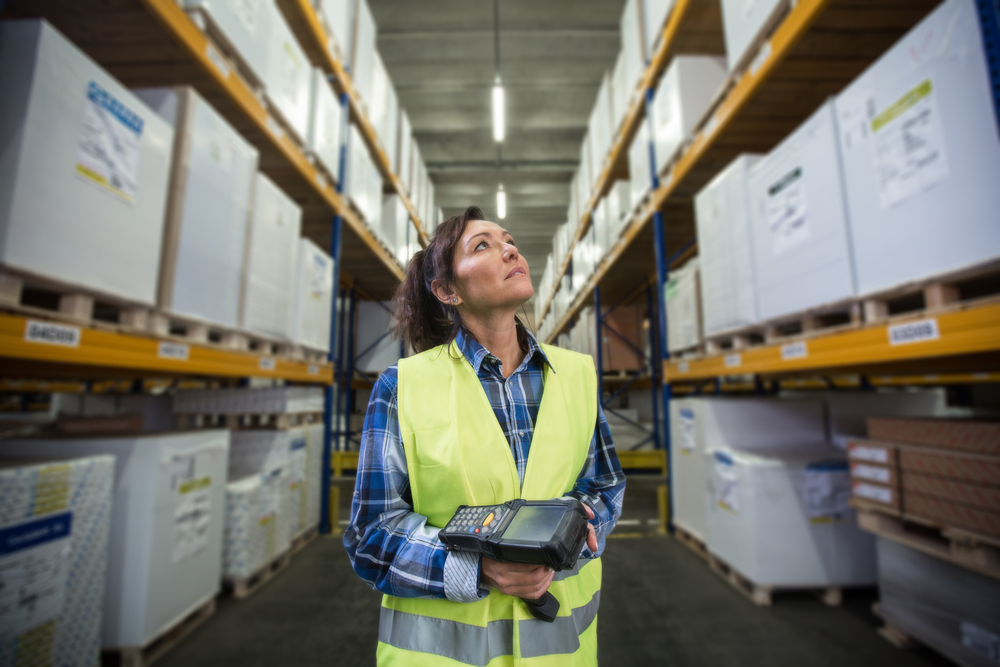
Cost Management in the Supply Chain: Techniques for Lowering Overall Costs
A food item or consumer packaged good makes quite an interesting journey through the supply chain—moving from producers to manufacturing facilities to warehouses before ultimately reaching the supermarket. Though inflation and taxes play a major role in determining the prices of these products, the supply chain impacts final prices, too. For example, social distancing and…
-
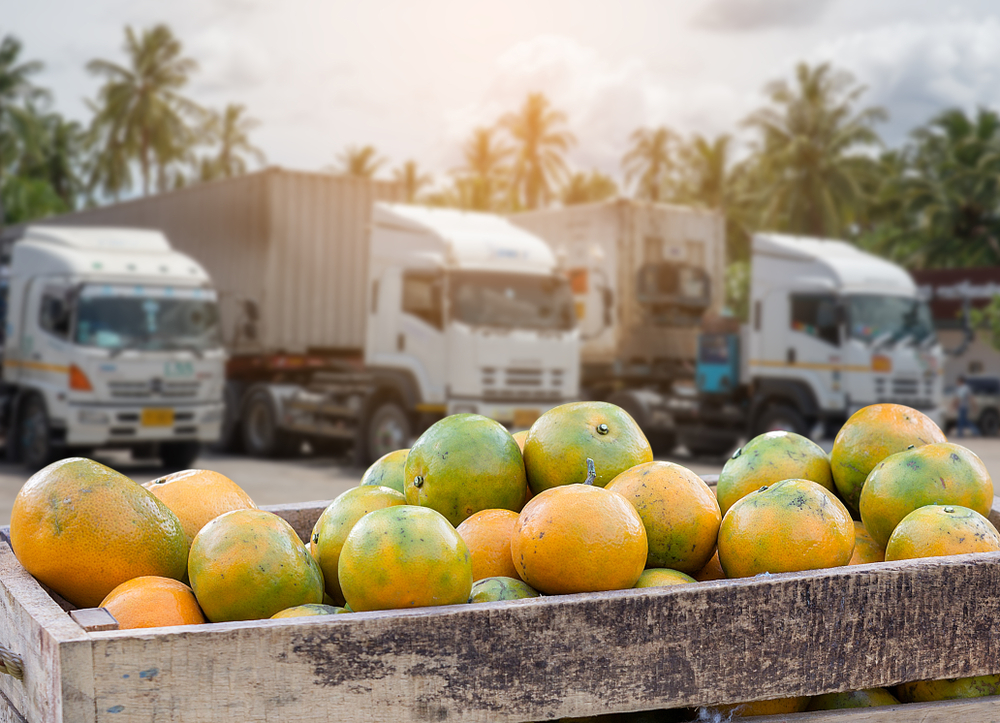
Sustainable Food Transportation: Reduce Emissions with Lighter and Fewer Shipments
With global carbon emissions hitting an all-time high in recent years, the need to achieve more sustainable food transportation has become increasingly apparent to manufacturers and retailers. A 2019 report drafted by the United Nations’ Intergovernmental Panel on Climate Change (IPCC) mentions that a transportation-related carbon footprint can vary from a few percent to more…
-
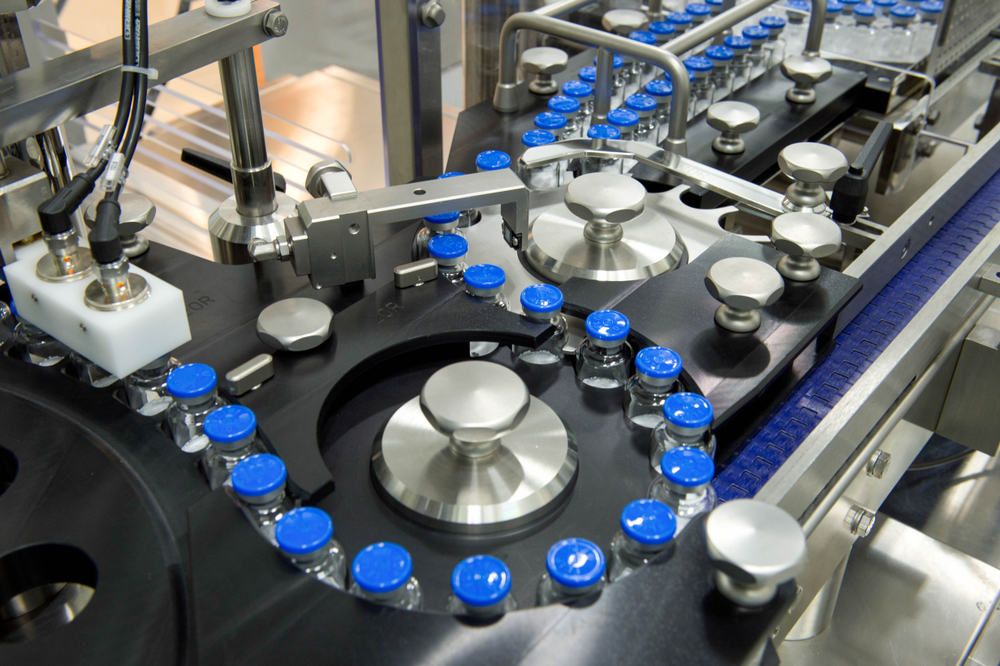
Tracking and Tracing Pharmaceutical Products: How Your Shipping Pallet Can Help
Tracking and tracing pharmaceutical products is more than just an exercise in inventory management. It is a life-saving practice that is mandated by law. In 2012, the Centers for Disease Control (CDC) and local health authorities tracked a multistate outbreak of fungal meningitis back to a compounding center in Massachusetts. The compounding center was illegally…
-
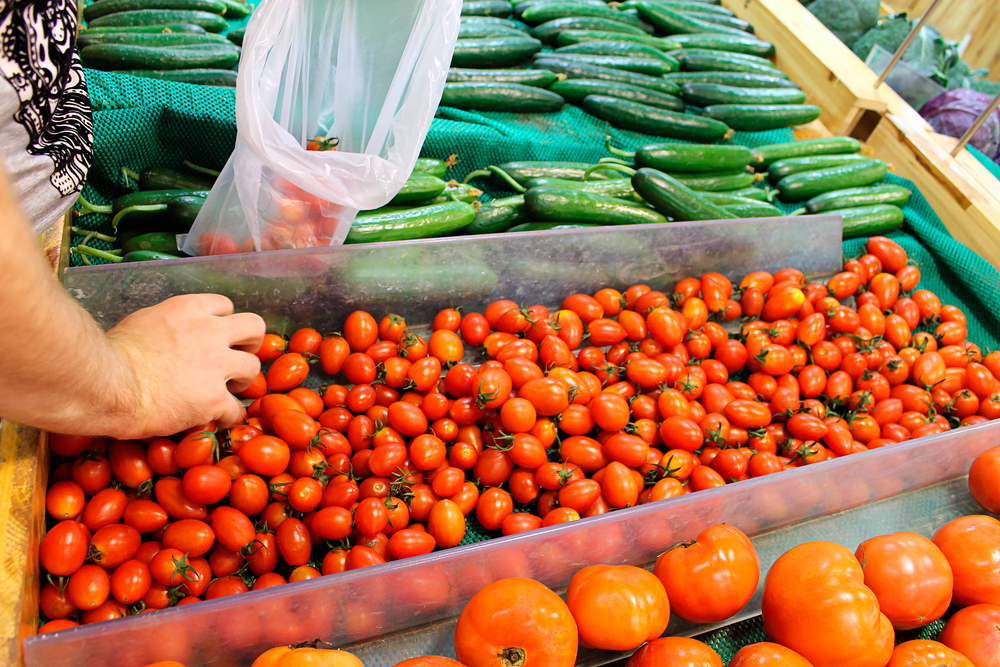
Increase Food Supply Chain Transparency with Track and Trace Technology
No food supply chain will ever be perfect. There’s always a chance that a load of contaminated food products will make its way through to the consumer. However, having a traceable supply chain makes it much easier to find contaminated products and dispose of them properly. Food supply chain transparency is also crucial in order…
-
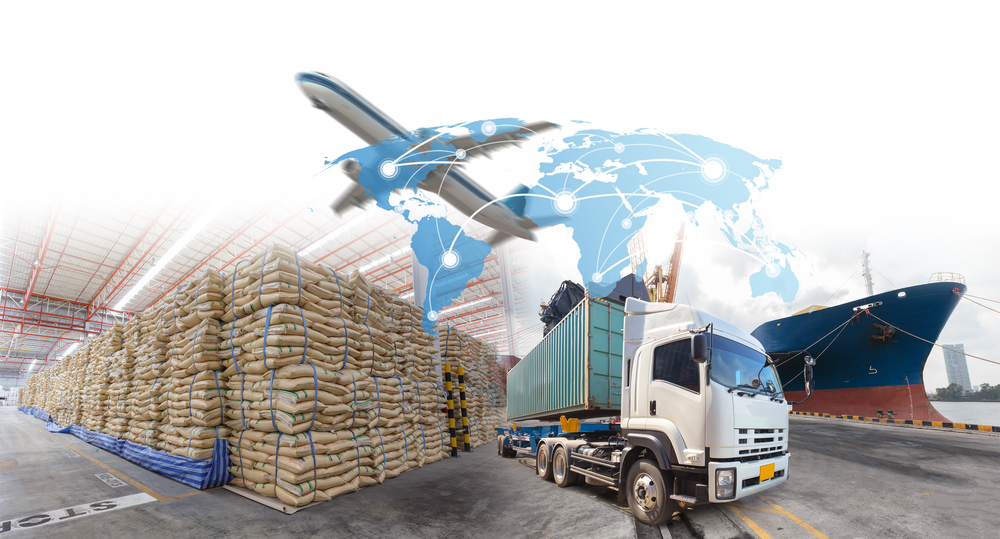
How to Lower Total Supply Chain Management Cost
People are often delighted to see a favorite childhood treat on the shelf of their local grocery store—and shocked at how expensive it is now. While factors like inflation, taxes, and regulations play a role in the prices of everyday food and consumer items, they are not the only forces at work. It takes a…
-

Traceability in the Food Supply Chain: Why Tracking Food Is Important and How to Do It
According to a May 1, 2020 report from the Centers for Disease Control (CDC), the U.S. is failing to contain foodborne pathogens. While incidences of infection for Salmonella typhimurium declined, infection rates for other salmonella serotypes, as well as Listeria and Shigella, remained unchanged in 2019. The number of reported foodborne illnesses caused by all…